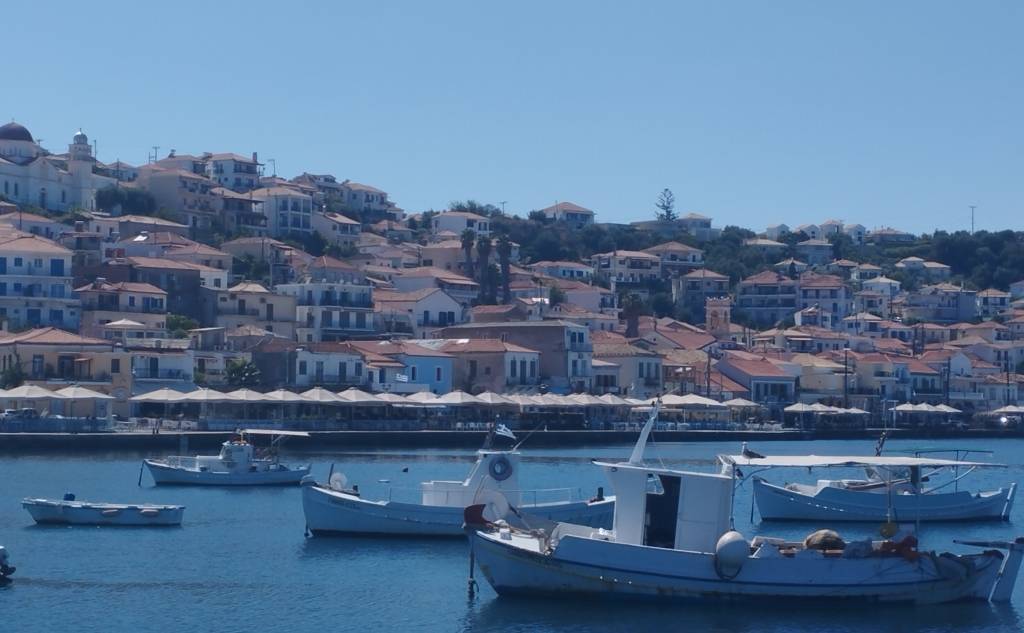










The picturesque coastal town of Koroni is 30 kilometres from Methoni, 52 kilometres from Kalamata and has approximately 1400 permanent residents. Built amphitheatrically, Koroni is famous for its Venetian castle that dominates the city and is still inhabited today. Off the coast of Koroni is the islet of Venetiko, while a bit further west is the islet of Schiza.
In ancient times, the ancient city of Asini was located on the site of today's Koroni. The ancient Koroni was located further north, where today Petalidi is built. According to traveller Pausanias, there are two versions of the city’s name. According to the first, Koroni took its name from the village of Koroneia in Boeotia, as settlers led by Epimilides founded it. According to the second version, it got its name from a copper crown (coin) found during its walls’ construction.
From the 13th to the 17th century, Koroni experienced great prosperity and, together with Methoni, was a key port for trade from and to the East. It is no coincidence that the two cities were called "The eyes of Venice".
Koroni is surrounded by many beaches, such as Zaga beach (on the eastern side), which starts at the southern foot of the castle, and Memi beach (on the western side), with its golden sand and clear waters. Amalos beach stands out, as well as the small beach that forms the Artaki cove. In fact, there, in the past, there was a well-known spring where potential grooms drank water to "marry a girl from Koroni".
The infinite natural beauty, the picturesqueness of the landscape, the historical sights, and the inhabitants’ hospitality fascinate every visitor. The church of Panagia Eleistria stands out, which is located directly before the Venetian castle. In particular, the church dominates a forest of palm trees with a panoramic view of the beach. In 1897, the icon of Panagia Eleistria was found on the spot after the vision that an older woman from Koroni named Maria Stathakis had.
In Koroni, visitors can wander through the whitewashed alleys and "get lost" in its charming corners. In the central square is the church of Agios Dimitrios. It is a royal temple of Iptanesian art and was built in 1864. Next to it is the imposing clock dating back to 1909 - a gift of Moudakis. With its towering dome, the parish church of Agios Nikolaos is also worth visiting. On the way down from the castle (on the left), you can also see chieftain Karapavlos’ mansion, whose father was the chieftain of the Pylia province.
Finally, it is worth noting that Koroni has been declared a UNESCO Flagship Community for the protection, preservation and promotion of the Mediterranean diet. In fact, it is famous for the excellent quality of its agricultural products, such as the world-famous Koroneiki olive variety.